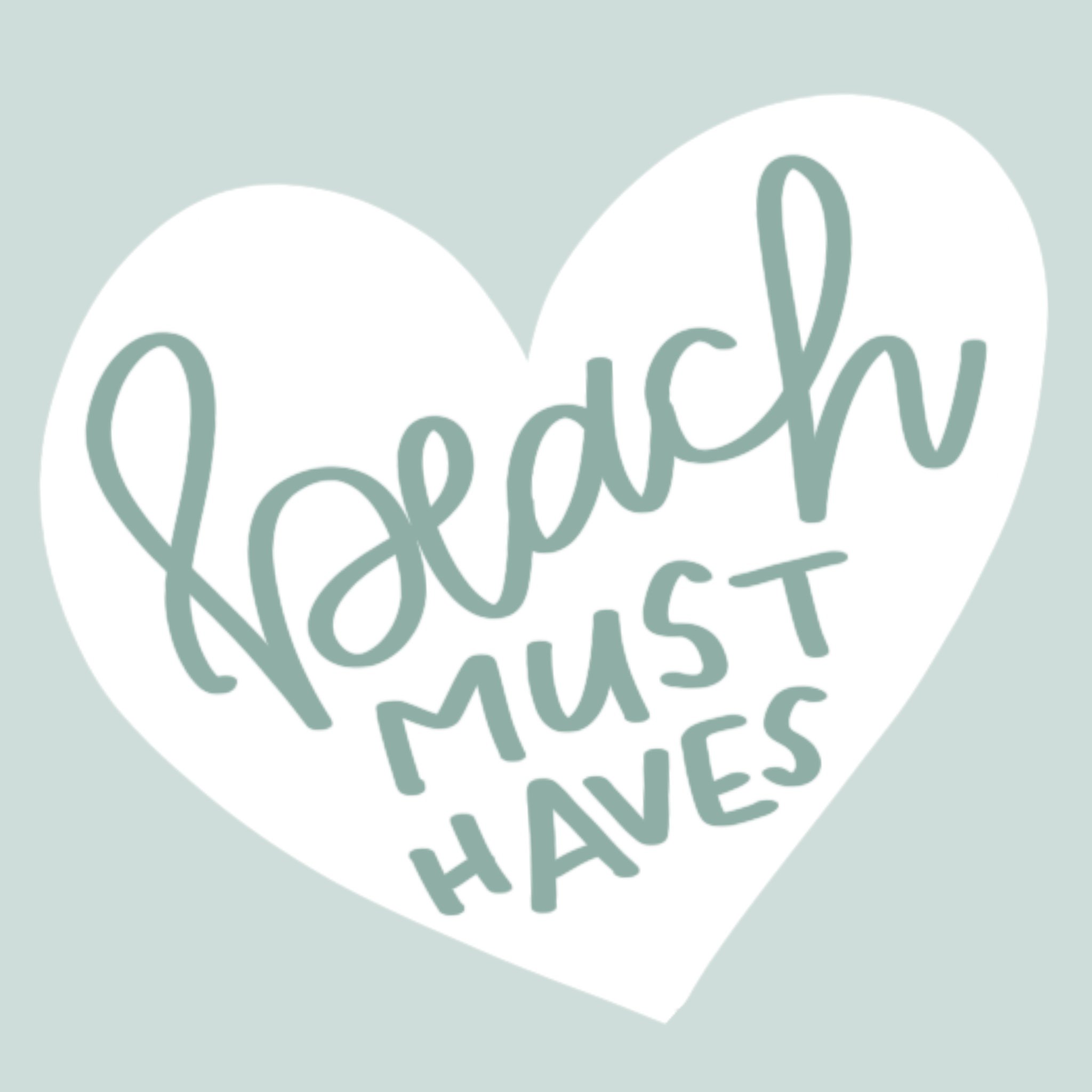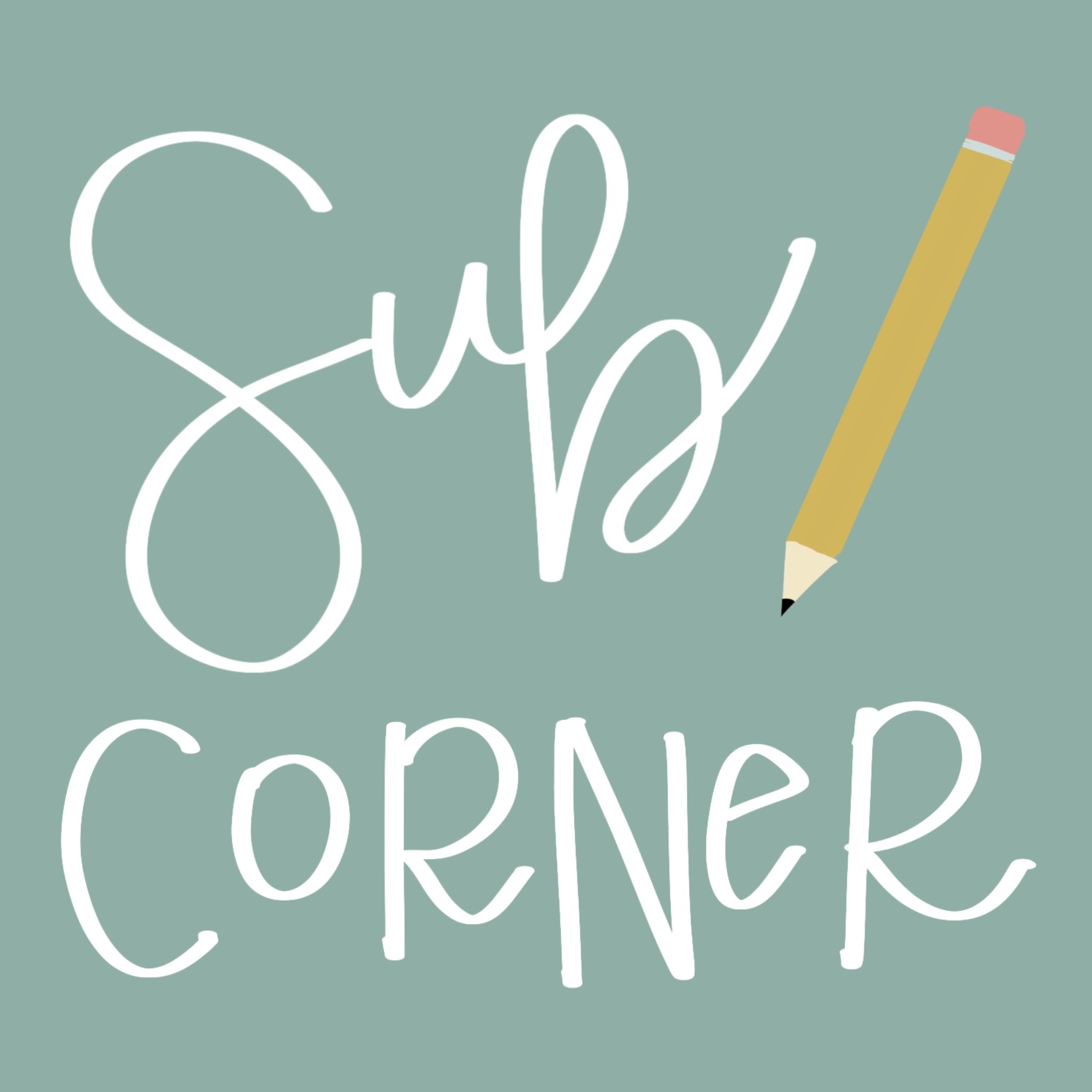What are your best elementary substitute teacher tips?
Everything You Need to Know to Become a Substitute Teacher!
This post is for all of my superhero substitutes out there! Over the past decade, I have worked as a classroom teacher, new teacher mentor, and a substitute in multiple districts and let me tell you, being a substitute feels the most intimidating at first! It can be overwhelming walking into a new classroom, ready for whatever, and with very little idea of what the day will look like. BUT it can also be super fun and not so stressful, I promise.
In this article, we are going to cover the main prep tips I’ve learned along the way so you feel prepared for your first (or fortieth) day on the job:
Let’s get started!
Elementary Substitute Teacher Bag Essentials
One of the best parts of subbing is that it’s always different - one day you’re in kindergarten singing songs and the next day you’re researching the Civil War alongside fifth graders. The downside is that often times, you won’t find out the grade or school assignment for the day until you wake up in the morning and check the available job assignments. While the teacher will often provide the plans and materials needed, there are some items I like to bring with me so I will be prepared no matter what grade level I’m assigned. I call this my “Sub Go Bag.” (Just like preparing for an apocalypse - this confirms I have all of the essentials on hand, haha!)
Bonus: Having my substitute teacher bag packed in advance means I don’t have to add “pack the work bag” to the mad dash the morning-of while also getting my hair fixed, face ready, and filling my “support water bottles” (and allllll the coffee).
Substitute Teacher Bag Checklist:
The Essentials
Hygiene Items: Plan ahead for anything that might irritate you during the day. This includes packing things like: chapstick, lotion, hair ties, glasses/extra contacts, makeup touch-up items, hairspray, deodorant, etc.
Recess Necessities: Odds are that you WILL have recess so pack with that in mind. I like to pack sunglasses, whistle, foldable windbreaker jacket (because I will inevitably forget my jacket), and gloves (if during the winter).
Read Alouds: I like to have 3-4 picture books in my Go Bag so that I have a fun read-aloud option in case the plans don’t quite fill the entire day. I like to have a mix so that I have access to books that will fit multiple grade levels and class personalities. Currently in my Go Bag I have:
Pens and Pencils: Some rooms are very well organized and others not so much. But, as a classroom teacher, I always appreciated when a substitute teacher hadn’t rifled through my entire desk to find a pen to use (and subsequently squished the tip - you know what I’m talking about). So when I have the opportunity to sub, I always bring my own supplies. Also… I’m just very picky (flair pens fo’ life). (P.S. Having a few extra student pencils isn’t a bad idea either).
Additional Items to Consider:
Coloring Sheets or Activity Pages: Consider packing a set of coloring pages (my preferred option) or a coloring book with at least 25-30 pages (though, prepare for potential issues when it comes to who gets what picture). In a pinch, it is so nice to have these on hand for a calm activity or to fill a weird time gap. Keep in mind the development of the students so it may be beneficial to have a simpler K-2 option and more intricate 3-5 option. TeachersPayTeachers.com has a ton of free coloring and activity pages you can print as well!
Speaking Aid: Anything from a stuffed animal to a squish ball can be used as your speaking aid item, but it is so helpful to have something available to show students who is speaking. (I personally prefer a soft plastic ball because it feels easier to clean.) This type of visual reminder can be very helpful to keep control of a particularly chatty classroom.
Stickers/Stamps: It’s sometimes shocking how inspiring a sticker can be to complete work. (I say that and yet fully support the sticker business for personal planners and stationary.) Grab a cheap stack of stickers from the Dollar Store or Amazon, or have some stamps on hand for student incentives.
Don’t Forget to Grab…
Purse: Make sure you have your wallet, ID, phone, and keys before leaving the house!
Lunch: I prefer quick options that don’t require a microwave in case it is not easily accessible or there just isn’t enough time.
Drinks: water bottle, coffee, afternoon soda
Bag’s packed and you’re ready on that front! Next up, let’s get your confidence ready.
Tips for Classroom Management as an Elementary Substitute
Managing an elementary classroom as a substitute teacher can present its own set of challenges (yeah, I’m looking at you, kindergarteners). Here are some tips to help you navigate and maintain effective classroom management:
Be Prepared:
Have your go-bag set and ready with all of the essentials.
Arrive early to familiarize yourself with the classroom and lesson plans. (We’ll talk about how early in the next section.)
Review the teacher's instructions, seating chart, and any important information.
Greet Students and Introduce Yourself:
Be ready and present at the door to the classroom as students enter.
Use a warm greeting and introduction as students enter like “Hi, I’m Ms. T and I will be your substitute today. Please put your backpack away and begin the morning work on your desk.”
Set Clear Expectations:
Clearly communicate the rules and expectations to the students as soon as the bell rings for the day to begin. Relate this to posted classroom expectations and/or feel free to write your expectations on the board.
Use positive language and reinforce good behavior - starting strong at the beginning will help create a positive environment for the day.
Establish Routines:
Follow the established routines of the classroom as closely as possible. If something is unclear, pull one student aside to clarify as to avoid asking the entire class for clarification and walking into a potential mess of answers.
Consistency helps create a sense of order and security for students. So keep the day as close to their normal as possible in order to help things go smoothly.
Learn Names Quickly:
Make an effort to learn students' names as soon as possible. If you can’t remember a name, ask or walk close enough to their desk to sneak a peak at their name tag,
Addressing students by their names helps build rapport and authority.
Stay Calm and Positive:
Keep a calm and positive demeanor, even in challenging situations. The saying goes that “students can smell fear”, so just remind yourself that you are the adult and you can always call another adult in the building for questions or backup.
Encourage positive behavior and acknowledge students for following instructions.
Use Proximity:
Move around the classroom and stand close to students who may need redirection as opposed to yelling across the room or calling out bad behavior in front of their peers.
Proximity can have a subtle but effective impact on behavior.
Have Backup Activities:
Be prepared with extra activities in case the lesson ends early or if there are unexpected disruptions. This might include: coloring pages, read-alouds, or simple games like I Spy, Simon Says, 20 Questions, Heads Up Seven Up, etc.
Having a plan B helps maintain control of the class.
Enforce Consequences Consistently:
Clearly communicate the consequences for breaking rules. (Make sure that you are following class/school behavior policies as closely as possible.)
Apply consequences consistently and fairly to all students.
Seek Support:
If needed, ask for assistance from neighboring teachers or school staff. One of the first things I do when I arrive at the classroom is introduce myself to the teacher across the hall and find where the phone is in case I need to contact the office.
Don't hesitate to seek guidance on classroom management strategies or find out if there is any advice for specific students in that classroom.
Build Relationships:
Foster positive relationships with students by showing genuine interest in their well-being. During work times, move around the room and ask about their hobbies, what they are working on, how their year is going, etc.
Building connections can make it easier to manage behavior.
Use Positive Reinforcement:
Acknowledge and reward positive behavior with praise or small incentives. I often will use a visual on the board like a snowman where each time the class is on task, I add a part of the picture. Then, if we complete the full picture by the end of the day, we will play a game the last 10 minutes of class (like the games mentioned above).
Positive reinforcement can motivate students to maintain good behavior.
Leave Feedback:
Provide feedback to the regular teacher about the day's activities, any challenges faced, and noteworthy student behavior. I like to annotate teacher lesson plans as I go so I don’t forget what happened and what the class completed throughout the day.
This helps the regular teacher stay informed and maintain consistency.
Remember, flexibility and adaptability are key when subbing in different classrooms. Each class may have its unique dynamics, so being prepared and adaptable will contribute to successful classroom management.
When Should a Substitute Arrive at the School and What Should I Do First?
At this point you have your “go bag” ready and feel as prepared as you can. Then the actual day arrives. Now what?
Some districts will be specific about what time you need to arrive so this is a good question to direct to HR. However, a good rule of thumb is about 30 minutes before students arrive (you can find the start time on the school website). If you get there much earlier than 30-45 minutes early, the secretaries may not be there yet to let you into your classroom.
Arriving at the School.
When you arrive, you will first check in at the front office. Let them know you are a substitute for the day and what grade level/teacher (if you know those details). They will often have you sign in and give you a badge and/or room key.
If you are unfamiliar with the building, ask if they have a printed map available or if someone could briefly point out keys areas (like the cafeteria, adult bathrooms, where dismissal takes place, and where your classroom is is located).
Some buildings will give you a “substitute computer” to use, so this is a good time to ask about that as well.
Head to the classroom and scan the sub lesson plans.
First, head in to set your belongings down and check for lesson plans.
Do a quick scan of the lesson plans to see if you have any immediate questions. Some things to check for: missing copies, location of certain materials, and clarification on behavior plans or schedule.
Get to know your support.
Stand at the classroom door and look for the closest classroom (typically across the hall) and meet that teacher. (I like to tell them who I am filling in for and ask if they have any tips I should know about the schedule or that particular group of students.). Having at least one person nearby in case of emergencies or questions is crucial for a smooth day.
Ask any questions about the lesson plans. I try to keep this conversation brief because teachers tend to have a lot on their plates to prep in the morning.
Get to know the schedule.
Head back to the classroom and highlight the key times you will need to leave the classroom (specials, bathroom breaks, lunch, recess, and dismissal).
Also highlight any times mentioned where you need to send a student for pull-out services (special education, behavioral, etc).
When I’m subbing, I set alarms for 5 minutes before all of these highlighted times to help me stay on top of things.
Look for classroom details in the plans.
Scan the lesson plans for any behavior notes or names mentioned. If there is a seating chart, locate where these names sit and make sure you are clear on the process for behavior management. (Is there another seat you move them to if they are struggling? Or are they sent out of the room? If so, where?)
Also check for required accommodations - Students with Individualized Education Plans (often called IEPs) may have accommodations that you need to follow like extended time on assignments, preferential seating, or abbreviated assignments. It is a legal matter that you follow these accommodations if they are included in the sub plans.
Dig in to the first chunk of the plans.
Last up, time to actually read the lesson plans :) However, sometimes there is a LOT of information, so a good goal is to read through your first break. Once the students arrive, it can be tricky to really read and comprehend plans so I like to make sure I have a grasp on at least that much. Then, when your break arrives, read what you will be doing until the next break, etc.
Phew. You have survived the gauntlet of getting settled in. It’s time to write your name on the board, maybe go to the bathroom, and prepare for a really fun day getting to know 25 new humans. Do your best to follow procedures as closely to the teacher as you can and greet the students with confidence, calm, and positivity and I have no doubt you’ll have a great day.
You’ve Got This!
Note: If you buy something through our links, we may earn an affiliate commission at no cost to you. Don’t worry. We only recommend things we truly like and want to share with you. Thanks so much for your support!




